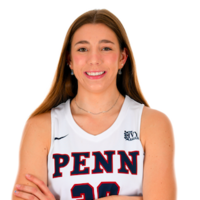Quantifying the phototactic response of Daphnia magna at the laboratory scale
Zooplankton are only a few millimeters wide but travel several meters daily. Diel vertical migration (DVM) is the diurnal movement of zooplankton from a waterbody’s surface at night, to a depth during the day. This movement is a phototactic response to sunlight. The motions of DVM may affect the surrounding environment by inducing biomixing and affecting the nutrient content, upwelling regimes, and local stratification as a result. However, this escape from light (negative phototaxis) only occurs in the wild, in the laboratory they swim towards it (positive phototaxis). This change in behavior is heavily related to light conditions, however the reasoning for it remains unexplained. The research described in this paper uses laboratory scale experiments to investigate the effects of light weather on the phototactic response of a common zooplankton species, Daphnia magna. The research aims to further the understanding of phototaxis in D. magna and how their phototactic response can be replicable in a laboratory environment. Using a tank with an LED light set-up to drive upwards and downwards phototaxis, four wavelengths (red, green, blue, and white) and four light intensities (100%, 75%, 50%, and 25%) were investigated. Particle tracking velocimetry methods (PTV) were used to track the motions of individual Daphnia magna through a camera and extract that data for differing light conditions. The data extracted provides insight into what drives positive and negative phototaxis. Light intensity has little to no effect on the strength of the phototactic reaction, however wavelength does. Green and red light produce strong positive phototaxis, commonly observed in other laboratory experiments, while blue light produces strong negative phototaxis, like that observed in the wild. With this greater understanding of the phototactic response driving DVM, the role of DVM on macroscale conditions can now be further explored through more comprehensive laboratory experiments that are increasingly applicable to field observations.

Comments